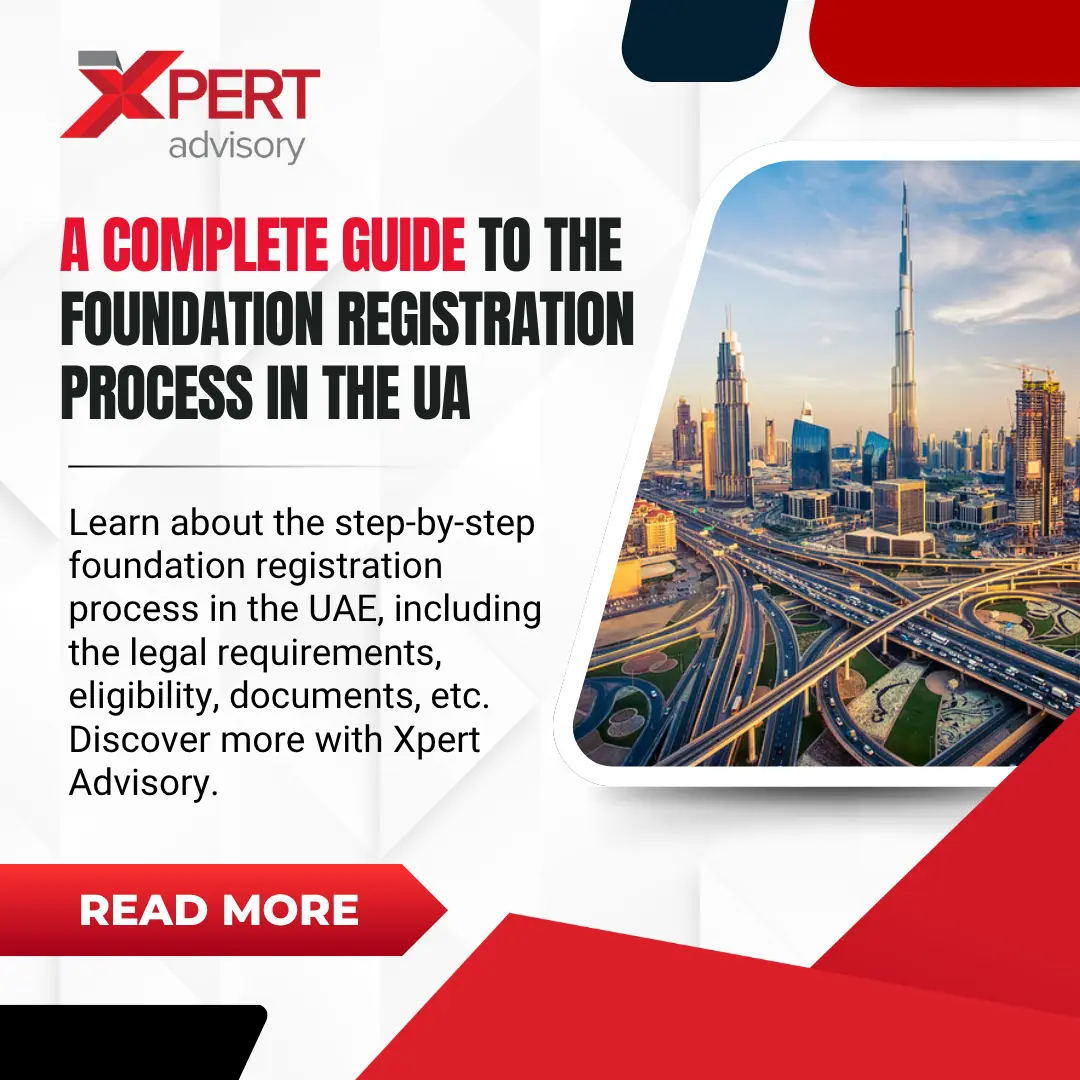The terms money laundering and tax evasion consistently confuse people regarding their differences or similarities. The two illegal practices share the purpose of concealing financial data yet operate under different principles. These offences undermine the tax system’s integrity while robbing the government of money, which can be used for criminal activities like drug trafficking and terrorism. So, in this article, we’ll examine the difference between money laundering and tax evasion, the resulting penalties and the legal tactics to combat financial crimes.
What Is Tax Evasion?

Tax evaders deliberately conceal their financial information or provide false statements to prevent paying income taxes owed to the government. People engage in tax evasion through underreporting income, overstating deductions, and failing to submit taxes. Individuals or entities evading taxes to reduce tax liability will pay less than their actual amount, thus depriving the government of revenue.
Common Methods of Tax Evasion
- People who underreport their income choose this approach to avoid paying taxes.
- Those filing taxes create false expense reports and bogus records to obtain bigger deductions, reducing their tax obligations.
- People hide their assets in foreign offshore jurisdictions with low or nonexistent tax laws.
- Business operators who fail to report their cash transactions conceal business earnings from taxes.
- A taxpayer creates artificial invoices and shell companies to design a hidden profit structure.
Penalties for Tax Evasion
Catchers of tax evasion may face severe legal repercussions, which result in the following:
- Fines – Substantial financial penalties.
- Imprisonment – Jail time, especially for large-scale fraud.
- Audit – Tax authorities increase their level of inspection after companies become subject to audit scrutiny.
- Reputation damage – Loss of credibility in the UAE business world.
Tax authorities implement rigid financial rule enforcement to maintain legal tax compliance and curb violations of tax obligations.
What Is Money Laundering?
Money laundering involves disguising the origins of funds instead of avoiding tax. Crooks receive illegal funds and make them appear legitimate through money laundering schemes. Incorporating these funds into the financial system becomes possible without sparking suspicions among authorities.
How Does Money Laundering Work?
Criminal funds are transformed through complex financial transactions to obscure their origins. The stages through which money laundering develops include three distinct points.
- Placement – Involves introducing illicit funds into financial society through bank transactions, casino betting, real estate acquisition, and shell companies.
- Layering – The process of hiding money sources involves making several transactions followed by multiple fund transfers. The process can rely on operations extending to global territories, cryptocurrency systems, and valuable property transactions.
- Integration – The economy receives laundered funds through their integration phase by using them for legitimate business activities, luxury acquisitions, and investment purchases.
Penalties for Money Laundering

Money laundering is a crime that leads to harsh legal punishment, including:
- Severe legal penalties – The penalties for offenders in money laundering cases include lengthy prison terms and substantial financial sanctions that depend on local laws.
- Regulator enforcement – FATF tracks suspicious financial activity through strict compliance requirements, which they enforce through their regulatory oversight.
- Business restrictions – Business restrictions constitute one of the legal consequences that include banning prosecuted parties from operating businesses and possessing financial licenses.
Different jurisdictions like CBUAE maintain anti-money laundering regulations to stop criminals from manipulating financial operations.
Tax Evasion vs Money Laundering: What’s the Difference?
The following chart shows the difference between money laundering and tax evasion.
| Factor | Tax Evasion | Money Laundering |
| Primary Goal | To evade paying taxes and reduce tax liability | Illegal act of laundering money from criminal activities |
| Money Source | Usually legal earnings, but manipulated to avoid paying taxes | Illegally obtained money, disguised to appear legitimate economy |
| Methods Used | Underreporting income, overstating deductions, hiding assets | Layering, shell companies, cross-border transfers |
| Legal Consequences | Penalties for tax evasion include fines, audits, and imprisonment | AML laws impose severe legal consequences, including long-term jail sentences |
Intersection of Tax Evasion and Money Laundering
Tax evasion or money laundering may happen simultaneously in certain situations. Criminals using tax evasion methods often conduct money laundering operations to conceal their financial wealth.
Financial criminals create phoney firms to prevent reporting taxable income yet make their business operate as a laundering vehicle for illegal money. The combined practices of financial crimes represent a dangerous threat since they simultaneously damage the transparency and integrity of the tax system, affecting public services and social justice.
How to Prevent Money Laundering and Tax Evasion?

Multiple sectors, including governments and financial institutions, work under international organisations to establish strict regulations that stop money laundering and tax evasion schemes. The following strategies form important elements for combating these crimes:
- Governments have established rules requiring business entities and individuals to reveal their assets to prevent non-compliance with tax regulations.
- Financial institutions and banks must submit reports about suspicious financial transactions, which they must detect through strict anti-money laundering methods.
- International entities collaborate to capture and prosecute tax evaders and money launderers operating across border areas.
- Tax authorities perform extensive auditing operations to detect underreported income, inflated deductions, and other fraud schemes.
- General awareness programs help taxpayers and businesses confirm their tax duties while understanding AML reporting standards.
Final Words
These two financial offences represent genuine felonies which result in severe legal penalties. Money laundering requires criminals to hide criminal funds by making them look clean, whereas tax evasion involves avoiding tax payments through fraudulent financial record modifications. Knowledge about the difference between money laundering and tax evasion helps protect tax standards and keeps law compliance and economic security intact.
As a business owner, you need to take proactive measures to stop financial crimes, including money laundering and tax evasion. Xpert Advisory offers advanced AML solutions to organisations that maintain compliance and identify transactional irregularities to protect them from heavy legal sanctions. Contact us now and protect your company from tax non-compliance risks.
FAQs
What Distinguishes Tax Evasion From Tax Avoidance?
Tax avoidance serves to reduce taxable obligations while achieving higher net income levels. Tax evasion occurs from omitting taxes and deliberately making payments below schedule requirements.
What are the Main Distinctions Between Money Laundering Activities and Terrorism Financing?
The primary goal of money laundering is to enable criminals to exploit their criminal operations. Almost all profitable criminal activities produce money laundering. On the other hand, illegal action of financing terrorism often involves future unlawful conduct since profit accumulation is not part of its objectives.






